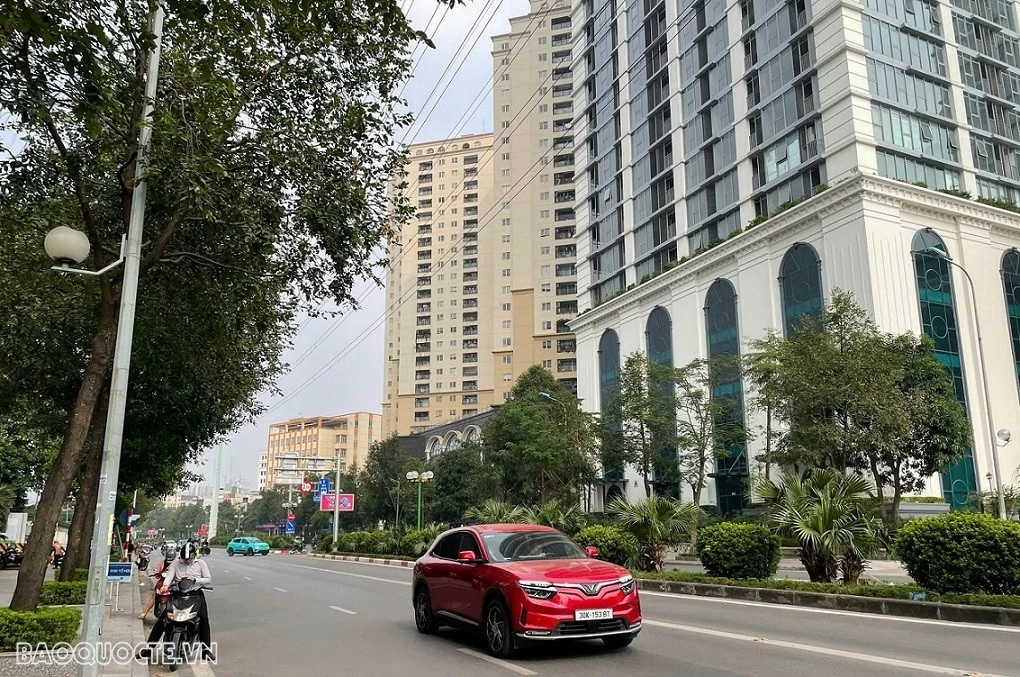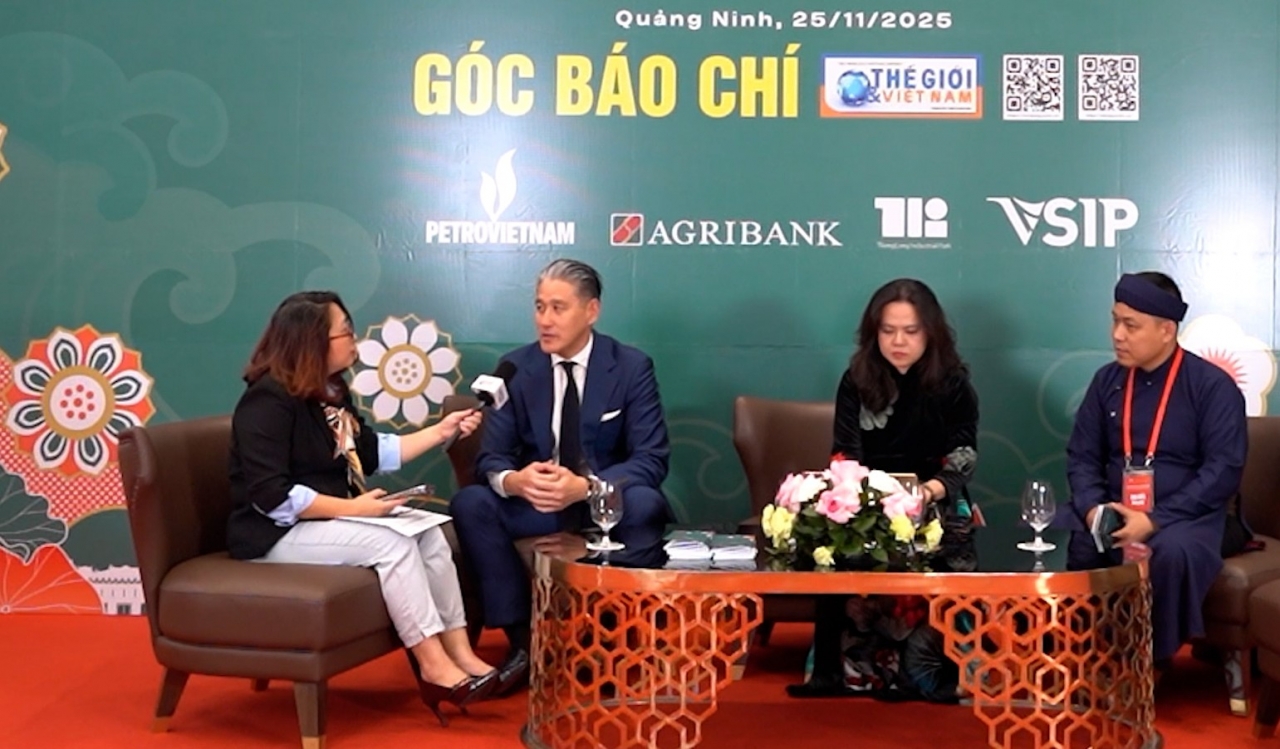
Industrial real estate booms amid Vietnam’s production shift
Latest
 |
| Vietnam’s industrial real estate market is well-positioned to become a regional leader in the era of sustainable prosperity. (Photo: Linh An) |
Vietnam’s strategic pivot to high-value industries is not only strengthening its industrial capabilities but also accelerating knowledge and technology transfer. According to experts, these targeted investments are playing a key role in upgrading the workforce and deepening Vietnam’s integration into global value chains.
This transformation in the country’s production structure is having a pronounced effect on the industrial real estate market. John Campbell, Director and Head of Industrial Services at Savills Hanoi, describes the sector as being at a “turning point.” Vietnam is shifting from a low value-added manufacturing base toward a more diversified, technology-driven industrial landscape built for long-term competitiveness.
The country’s appeal lies in a combination of strategic advantages: its geographic proximity to major markets, investor-friendly policies, a young and abundant labor force, vast industrial land reserves, and strong commitments to infrastructure and skills development. These factors not only attract foreign direct investment but also prepare Vietnam to meet evolving global demands.
Demand remains robust across the industrial real estate sector. In 2024, the national average occupancy rate at industrial parks reached 86%, underscoring sustained interest in industrial land and ready-built facilities.
Thanks to a solid manufacturing foundation and access to international maritime routes, the southern key economic region accounts for 70% of the country’s supply of ready-built factories and logistics facilities, with an occupancy rate of 89%. Meanwhile, the northern region recorded a 78% occupancy rate, supported by its strategic proximity to China and Northeast Asian markets, as well as its developed logistics infrastructure.
Nationwide, the average industrial land rental price reached 167 USD per square metre. In the northern region, the rate stood at 132 USD per square metre, while the southern region recorded 183 USD per square metre. The average rent for ready-built factories was 4.6 USD per square metre per month, reflecting sustained demand and investor confidence in the market.
In addition, the quality of industrial parks is improving, with many new projects being more comprehensively planned, incorporating logistics, R&D, and commercial spaces. Sustainability is also becoming a growing priority in the sector. Eco-industrial park models such as Deep C in Hai Phong city and Prodexi Eco-IP in Long An province are among the pioneers in this trend.
According to Campbell, driven by robust manufacturing growth, Vietnam’s industrial real estate market has posted strong performance in recent years, with high occupancy and rising rental rates.
The southern region benefits from its mature industrial base and access to international transport networks, while the northern region holds a strategic advantage due to its location near China and modern logistics systems. With these solid foundations, the market is expected to remain attractive to investors, backed by stable demand and favourable growth drivers.
However, Campbell also pointed to ongoing structural challenges. Despite improvements, infrastructure connectivity and deep-sea port capacity remain insufficient to fully meet demand, limiting operational efficiency.
Some 16% of FDI enterprises have relocated part of their operations to other countries, while 18% are considering similar moves due to infrastructure concerns. Additionally, there remains a need to develop a skilled labour supply to meet the demands of high-tech sectors, especially R&D-intensive industries like semiconductors and artificial intelligence, he noted.
The semiconductor industry is currently at the heart of Vietnam’s industrial transformation. The government has laid out a roadmap to not only develop chip assembly capabilities but also expand into research and design.
Between 2024 and 2030, Vietnam aims to attract foreign investment while building domestic competitiveness, targeting the training of over 50,000 engineers and the formation of 100 chip design enterprises. By 2040, the country envisions achieving autonomy in the sector, with a network of local chip manufacturing and testing facilities, aiming for regional leadership in the semiconductor industry.
To become a semiconductor production hub, Campbell recommended that Vietnam move beyond basic assembly and engage more deeply in research and design. The country should also aim to achieve a value-added contribution of at least 25% across the semiconductor production chain.
As of 2024, leading industry players including Intel, OnSemi, Hana Micron, and Amkor Technology have committed to investing over 1.07 billion USD in semiconductor packaging plants in Bac Ninh.
Other notable FDI projects include a 383.33 million USD plant by Foxconn Circuit Precision and a 4.9 million USD project by Netherlands-based BE Semiconductor Industries (BESI), both slated for development in Ho Chi Minh City’s High-Tech Park in 2025.
These investments demonstrate how Vietnam’s diversification strategy is helping to establish a comprehensive and balanced industrial ecosystem capable of withstanding external shocks and sustaining long-term growth.
With a solid foundation, increasing investor confidence, and strategic government support for sustainable and high-tech development, Vietnam’s industrial real estate market is well-positioned to become a regional leader in the era of sustainable prosperity.
























